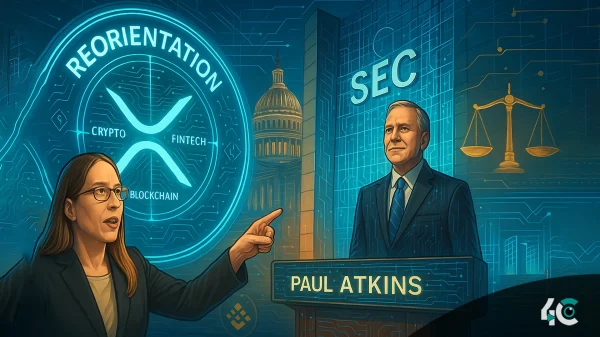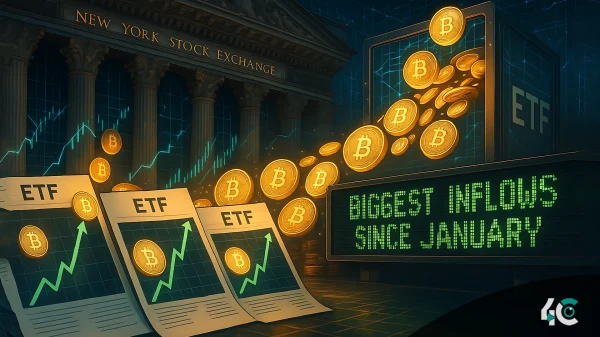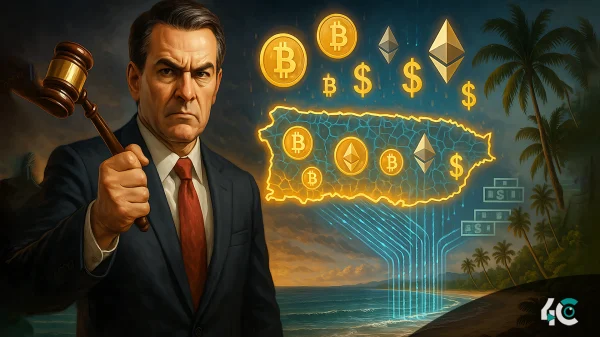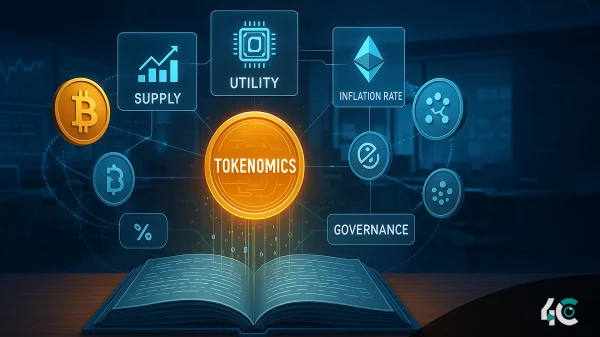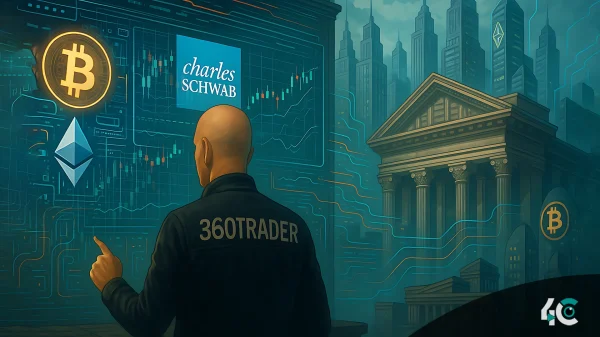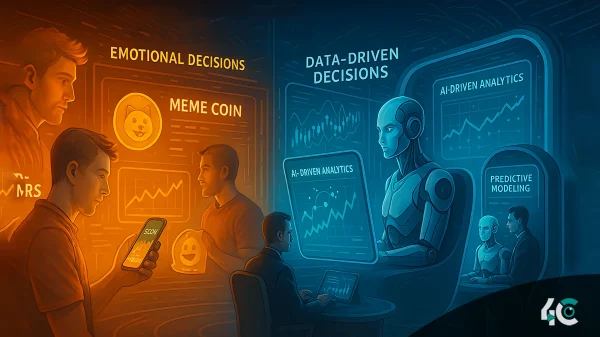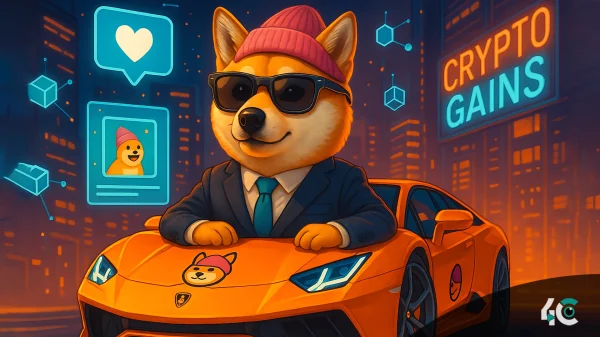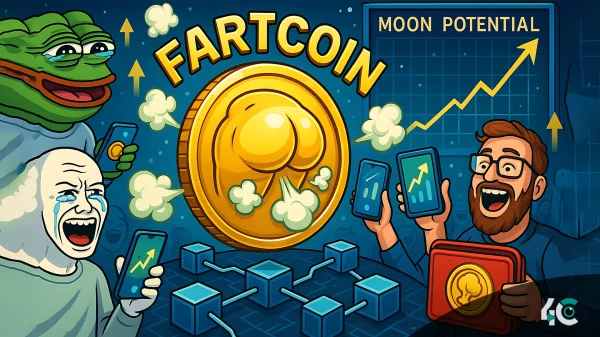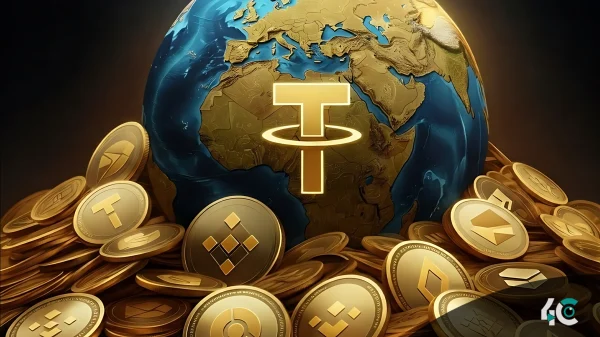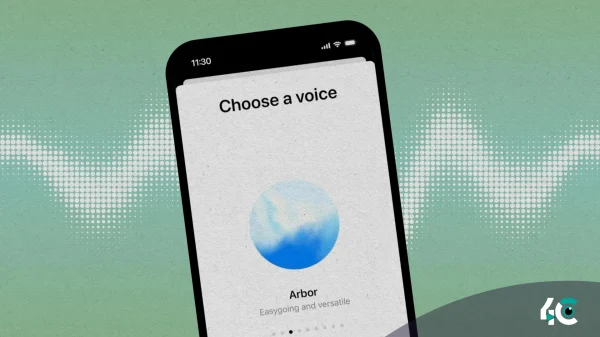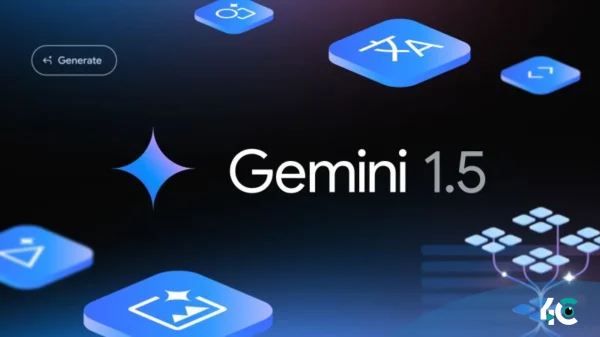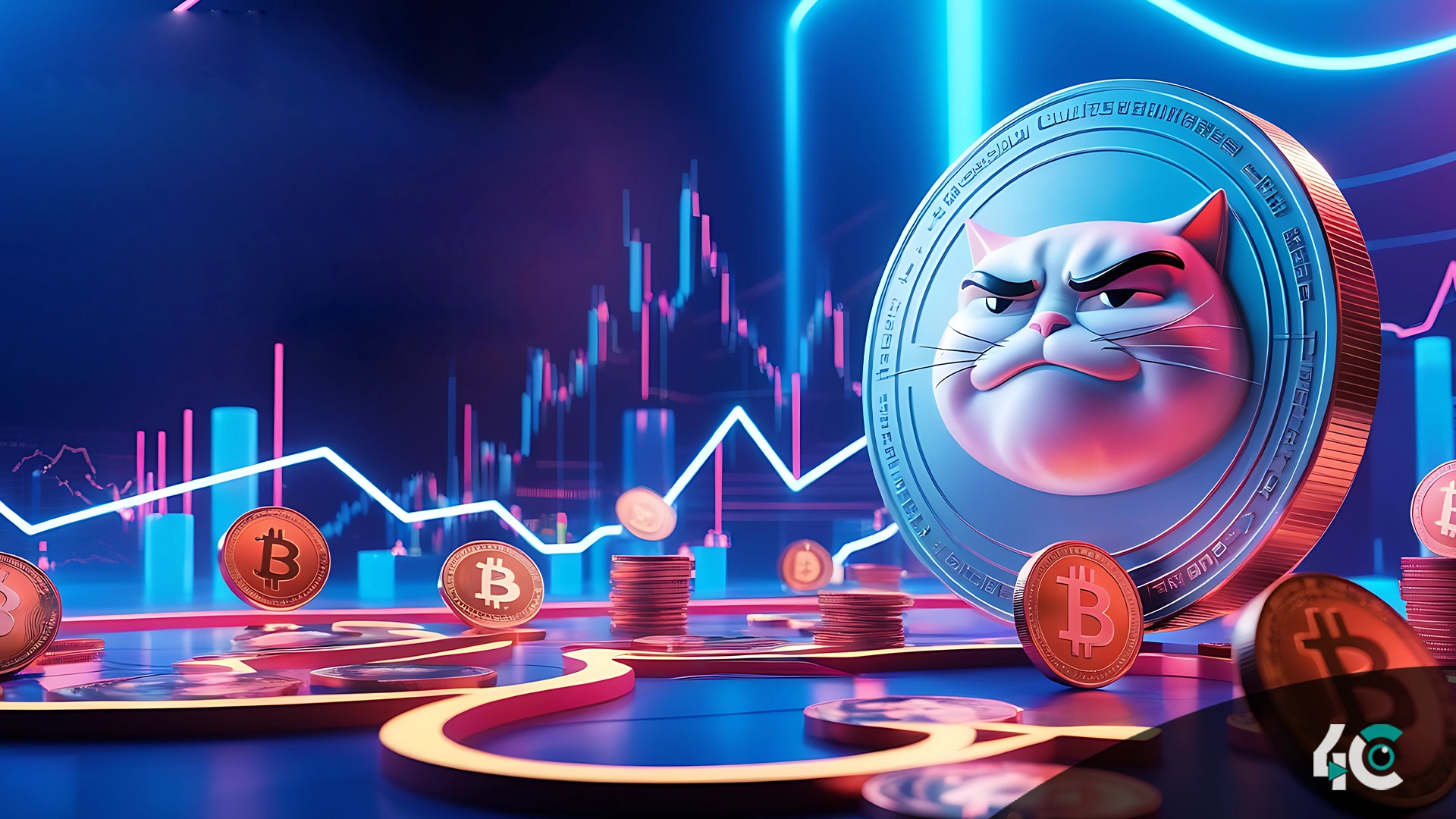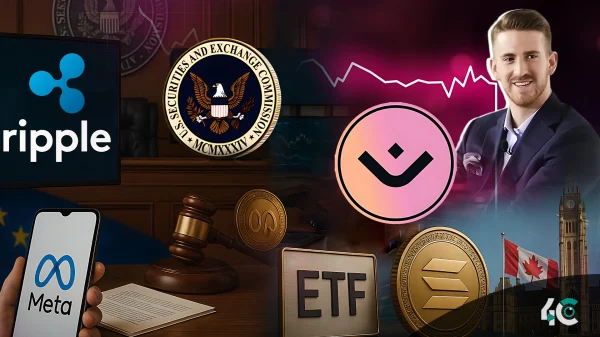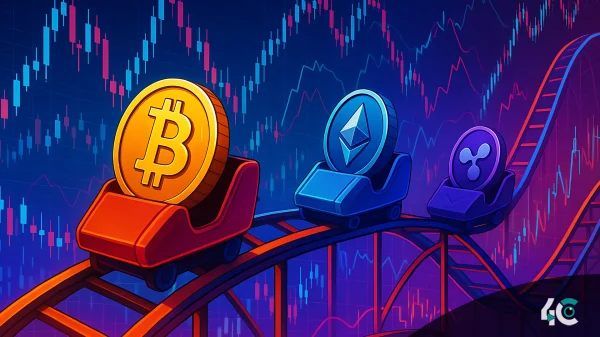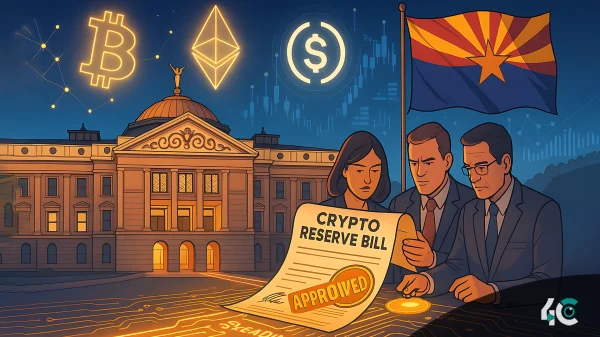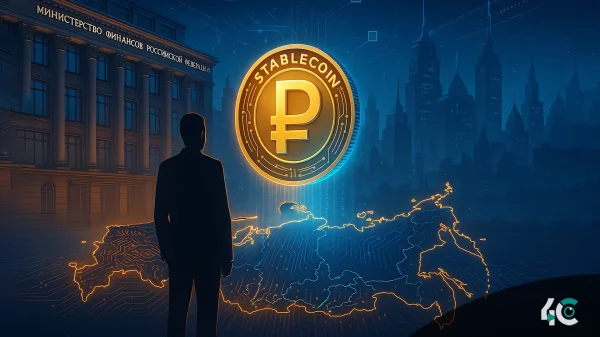Meme coins’ market psychology is the driving force behind its sustained popularity. These tokens thrive on community engagement, viral trends, and speculative trading. Understanding their appeal sheds light on why they continue to dominate the crypto space despite market uncertainties.
The Rise of Meme Coins
Meme coins first entered the spotlight with Dogecoin, a cryptocurrency created as a joke in 2013. What started as a lighthearted parody of Bitcoin quickly gained traction thanks to its fun branding and enthusiastic online community. Years later, Dogecoin’s success inspired countless imitators, including Shiba Inu, Pepe Coin, and dozens of others—all riding the wave of viral trends and internet culture.
Unlike traditional cryptocurrencies like Bitcoin or Ethereum, which are backed by robust use cases and technological innovation, meme coins often lack any real-world utility. Yet, they’ve managed to capture billions in market capitalization. How? The secret lies in the unique psychology behind their appeal.
The Role of Community and Social Proof
At the heart of every successful meme coin is a passionate community. These communities are built on shared humor, inside jokes, and a sense of belonging. For many participants, buying into a meme coin isn’t just about making money—it’s about being part of something larger than themselves.
Social media platforms like Twitter, Reddit, and TikTok amplify this effect. When influencers or celebrities endorse a meme coin, it creates a snowball effect. Followers rush to join the trend, driven by FOMO (fear of missing out). This collective behavior reinforces the coin’s legitimacy, even if its fundamentals are shaky. After all, if everyone else is buying it, why shouldn’t you?
The Allure of Quick Gains
Another key factor driving meme coin popularity is the promise of astronomical returns. Stories of early Dogecoin investors turning small bets into life-changing fortunes fuel the dreams of newcomers. While most meme coins fail to deliver such results, the possibility—even if slim—is enough to keep people hooked.
This speculative mindset taps into a deeply ingrained aspect of human psychology: the desire for instant gratification. Traditional investments require patience and long-term planning, but meme coins offer the thrill of rapid price swings. Whether it’s a pump-and-dump scheme or a genuine surge in demand, the adrenaline rush of watching a token’s value skyrocket is irresistible to many.
The Power of Nostalgia and Pop Culture
Meme coins also thrive because they’re deeply rooted in internet culture. References to memes, viral moments, and beloved characters create an emotional connection that transcends mere financial speculation. For example, Dogecoin’s iconic Shiba Inu logo evokes nostalgia and humor, while Pepe Coin draws on a controversial yet widely recognized meme.
These cultural touchstones make meme coins relatable and entertaining—qualities that traditional assets simply can’t match. Investors aren’t just buying tokens; they’re investing in a story, a movement, or even a piece of internet history.
Challenges and Criticisms
Despite their popularity, meme coins face significant challenges. Their lack of intrinsic value makes them vulnerable to sudden crashes. Regulatory scrutiny looms large, with governments increasingly concerned about fraudulent activities and market manipulation within the meme coin space.
Critics argue that meme coins perpetuate reckless gambling rather than fostering meaningful innovation. And while some projects attempt to add utility—such as decentralized finance (DeFi) features or charitable initiatives—most remain purely speculative.
Why They Endure
So, why do meme coins persist despite these criticisms? The answer lies in their ability to adapt and evolve. Developers behind meme coins are constantly experimenting with new ways to engage users, from launching creative marketing campaigns to integrating blockchain-based games and NFTs.
Moreover, meme coins reflect a broader shift in how markets operate today. In an era dominated by social media and democratized access to trading tools, traditional barriers to entry no longer exist. Retail investors now wield unprecedented influence, and meme coins embody this grassroots movement.
Conclusion
Meme coins may defy conventional logic, but their staying power reveals something profound about market behavior: people aren’t always driven by numbers—they’re driven by emotions, stories, and shared experiences. While some dismiss meme coins as fleeting trends, others see them as a reflection of how modern markets operate in the age of digital communities. Whether they represent a bubble waiting to burst or the future of decentralized finance, one thing is certain—meme coins are more than just jokes. They’re a testament to the unpredictable, chaotic, and deeply human side of investing.



